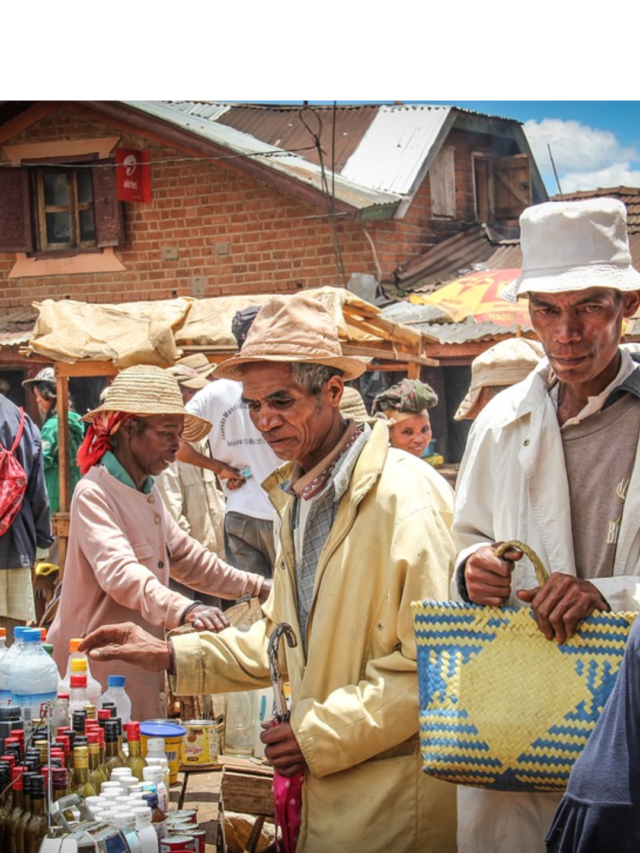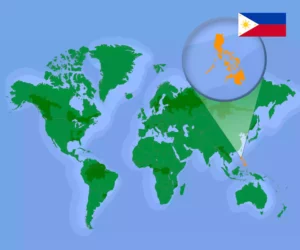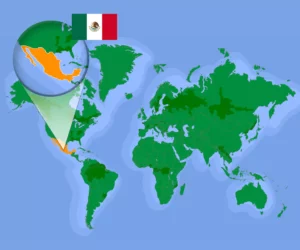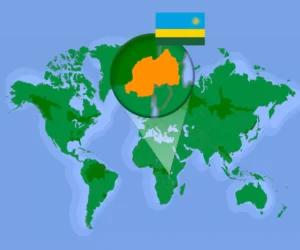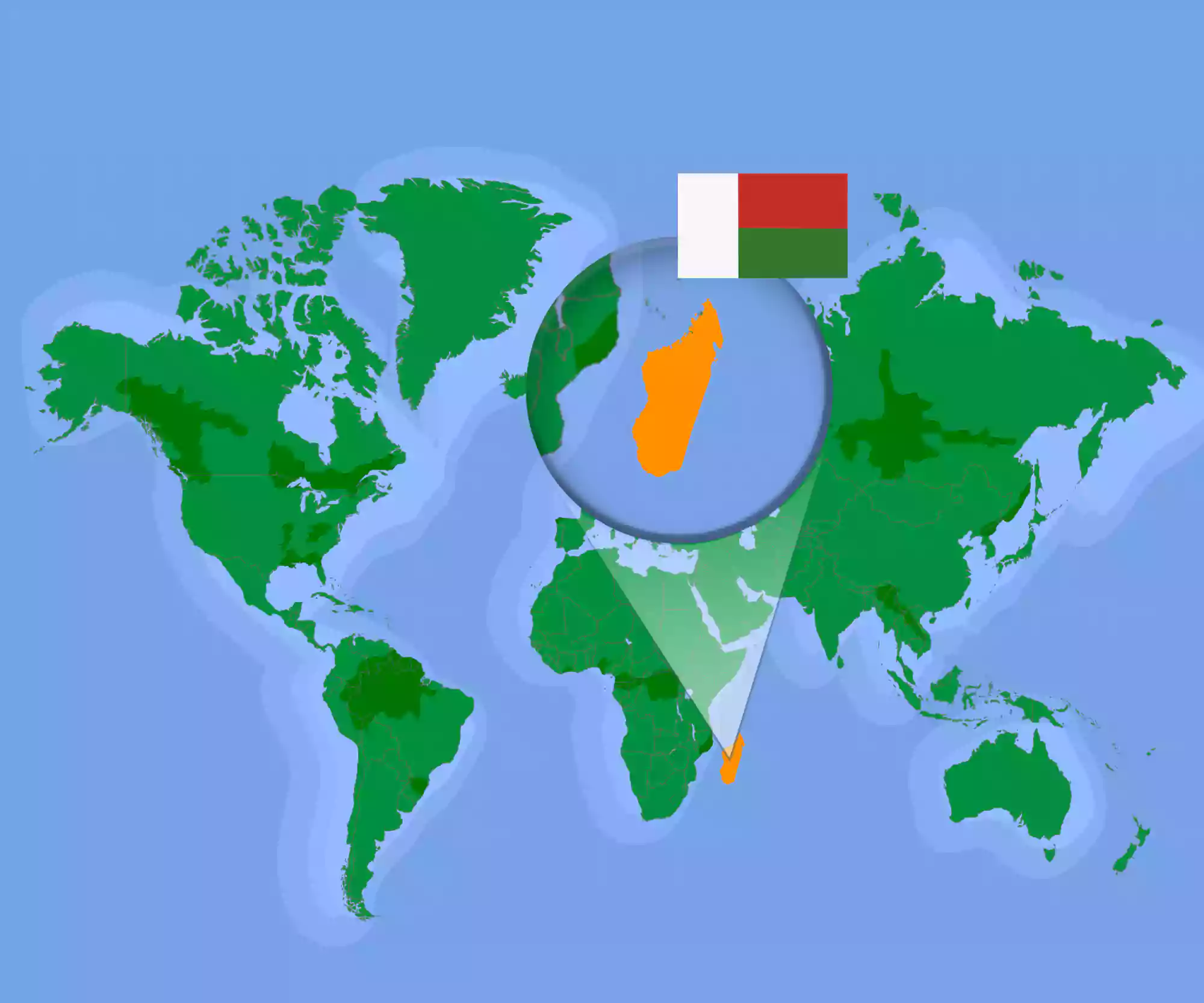
Admit it. The child in you called to mind the motley crew of a lion, a zebra, a hippo, and a giraffe. I don’t blame you. That is, after all, how most of us came to acknowledge this island country. However, my fascination with Madagascar began when I heard about its 3D-printed school. So I figured, if a remote tropical coast could become home to such a tech-forward novelty, there had to be more to the picture than I realised. Soon, I learned I was right.
Madagascar’s 3D-printed school
No, not a toy or a model that engineers can use to help construct a building but a building itself! Madagascar is a fascinating country that has made the headlines recently for all the right reasons. They now have a 3D-printed school.
A Chinese-born American 22-year-old, Maggie Grout, has unveiled Madagascar’s first school that was printed rather than built using more traditional methods. It is made of cement and took 18 hours to print. 3D printing the school cost roughly $300,000. This printing process saves massively on the cost of building materials and labour requirements. Also, it reduces carbon emissions by up to 50%.
Madagascar is one of the poorest countries in the world. They even lack the basic infrastructure essential for wide-scale development, such as roads. Paved roads make up only 11% of the roadways in the country. However, using 3D printers to create schools is exciting and will hopefully herald change.
Pirate territory
From Madagascar’s exciting future, we move to take a brief glimpse at its past. Madagascar is the fourth largest island in the world. Its unique physical features made it a haven for pirates during the 17th and 18th centuries. It was easy to defend and abundant in food and water. Most importantly, the island also had relatively friendly natives. Pirates would use the island as a base from which they could attack ships sailing in the Indian Ocean.
Libertalia
There is a belief that a band of pirates formed a colony in Madagascar. They called it Libertalia (also referred to as ‘Libertatia’) and set it up as a free society where principles of equality would reign—a pirate utopia free from government, religion, and slavery. They believed each person was born free. According to reports, the pirates even freed enslaved people and shared treasure and prizes equally.
The idea of Libertalia, however, is mentioned only in the book A General History of Pyrates by Captain Charles Johnson. The lack of other reliable sources has cast serious doubts over the story’s credibility. Nevertheless, irrespective of whether Libertalia existed, there is no doubt that many pirates used Madagascar as a base over the centuries. The pirate cemetery on the island of Sainte-Marie is proof of that. It is open to the public and can be easily accessed.
The people of Madagascar
Although Madagascar is an island off the coast of Africa, its people do not consider themselves African. The first human beings to settle on the island were Austronesian. Following their arrival, people from mainland Africa also made the western parts of the island their home. The result is what makes up most of the Malagasy population today. In resemblance, there is quite a variation in the physical appearance of people in Madagascar, but, on the whole, they tend to have more in common with South-East Asia than with Africa.
There are two official languages of Madagascar. The first is French, as the country was a French colony for many years. Though it is an official language, only a quarter of the people are estimated to speak it. The people use very little English on the island, and the primary spoken language is Malagasy. This language is similar to other South-East Asian languages. Interestingly, the language most closely resembling Malagasy is the Ma’anyan language spoken in Borneo.
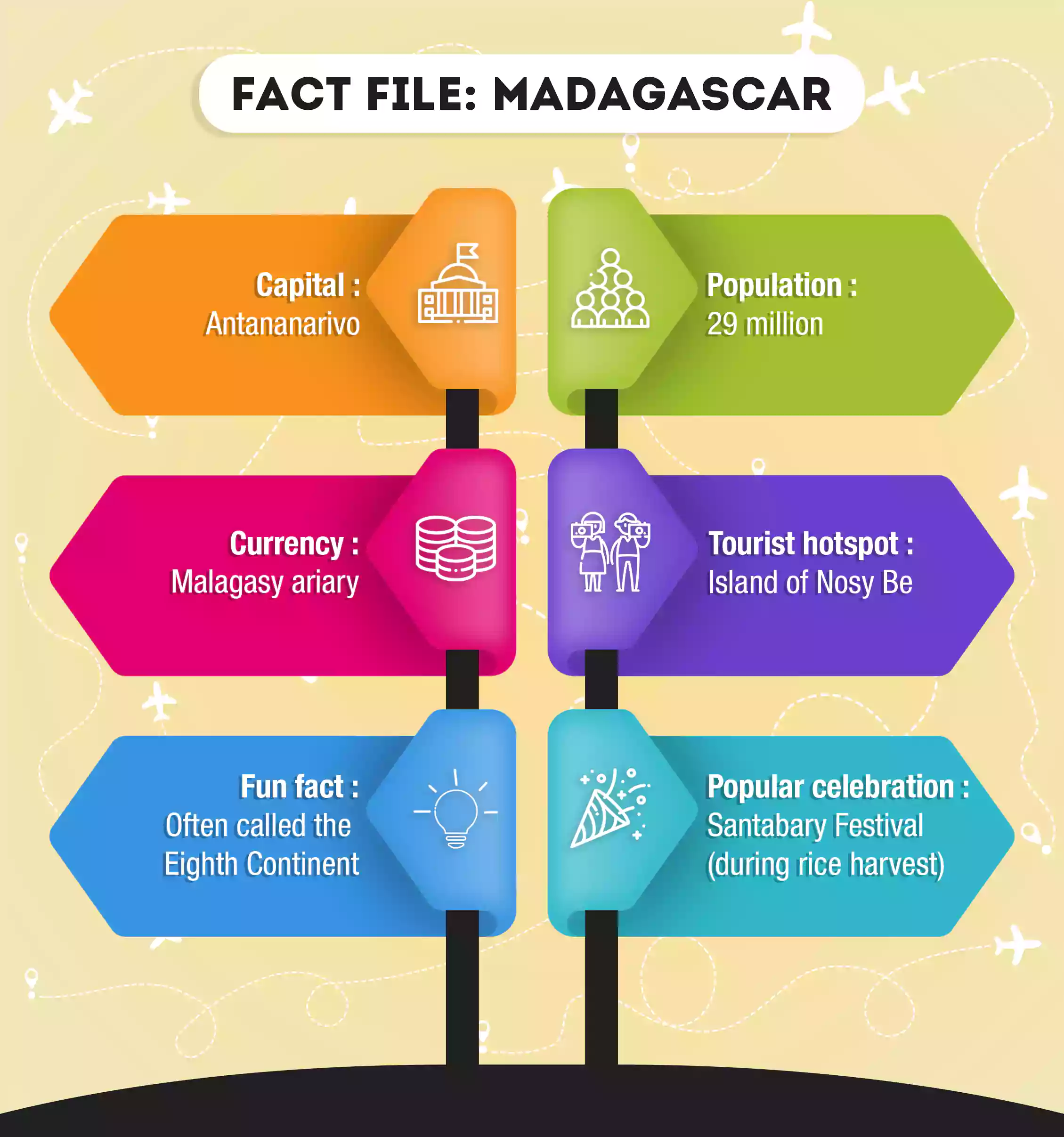
Biodiversity
The one thing that everybody knows about Madagascar is that the biodiversity is truly stunning. Contrary to what the animated movie might suggest, there are no lions, giraffes, hippos, zebras, or penguins on the island. Instead, most of the world’s chameleons live in Madagascar—over 50% of the global population. Madagascar is also home to over 300 species of frogs. Yet, the lemur remains the most well-known creature of Madagascar. With over 110 species of lemurs in the country, Madagascar is at the top of the planet’s lemur list.
Being an island only recently settled by humans, Madagascar’s biodiversity has been preserved better than most other parts of the world due to its isolation.
Elephant bird
One particular creature that piqued my interest is the elephant bird. Bigger than an ostrich and relatively similar in appearance, it was just like its name suggests. Some birds could grow as tall as an elephant and weigh up to 700 kgs or more. Imagine seeing that on your morning walk! Human activity led to the extinction of this species around 1200 AD. Its fossils and fossilised eggs have been found all over the country. The eggs can sometimes weigh up to 10 kgs.
Plant life
Over 90% of the plants on this island are unique to this area. There are over 10,000 species of plants, notably the baobab trees. These look like they are growing upside-down with their roots in the air.
In addition, roughly two-thirds of the world’s vanilla comes from Madagascar. Due to the climate and the sheer number of people that the French colonists could subjugate and force to work for them, Madagascar became a perfect location to grow vanilla.
However, when vanilla was first brought to Madagascar, it did not grow as expected though it had the ideal conditions for growth. A 12-year-old enslaved boy called Edmond Albius figured out that vanilla required a process of hand pollination, and this discovery caused vanilla production to thrive in Madagascar. Though he received neither worldwide fame nor the profits of his labour, Madagascar is now the world’s leading producer of vanilla.
Features of the island of Madagascar
Madagascar has some fascinating geographical features, but none more so than the Tsingy de Bemaraha Strict Nature Reserve. Unlike the image that probably popped into your head, this nature reserve is a stone forest. This UNESCO World Heritage Site is a vast limestone formation. The needle-like rocks are incredibly sharp and, naturally, hazardous for people to visit. The word “tsingy” in Malagasy means “the place where one cannot walk barefoot.” It is home to various lemur and bird populations.
Madagascar is a phenomenal mixture of some of the richest of nature and the poorest of people. Yet, with a heritage as unique as any other and an environment worth protecting dearly, it genuinely is an island in the midst of a rapidly changing world.
